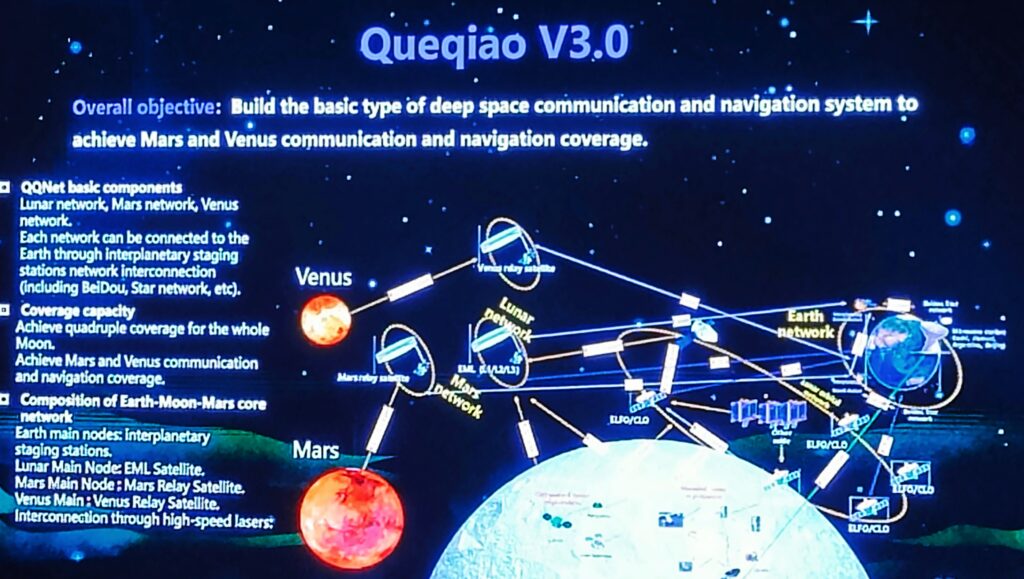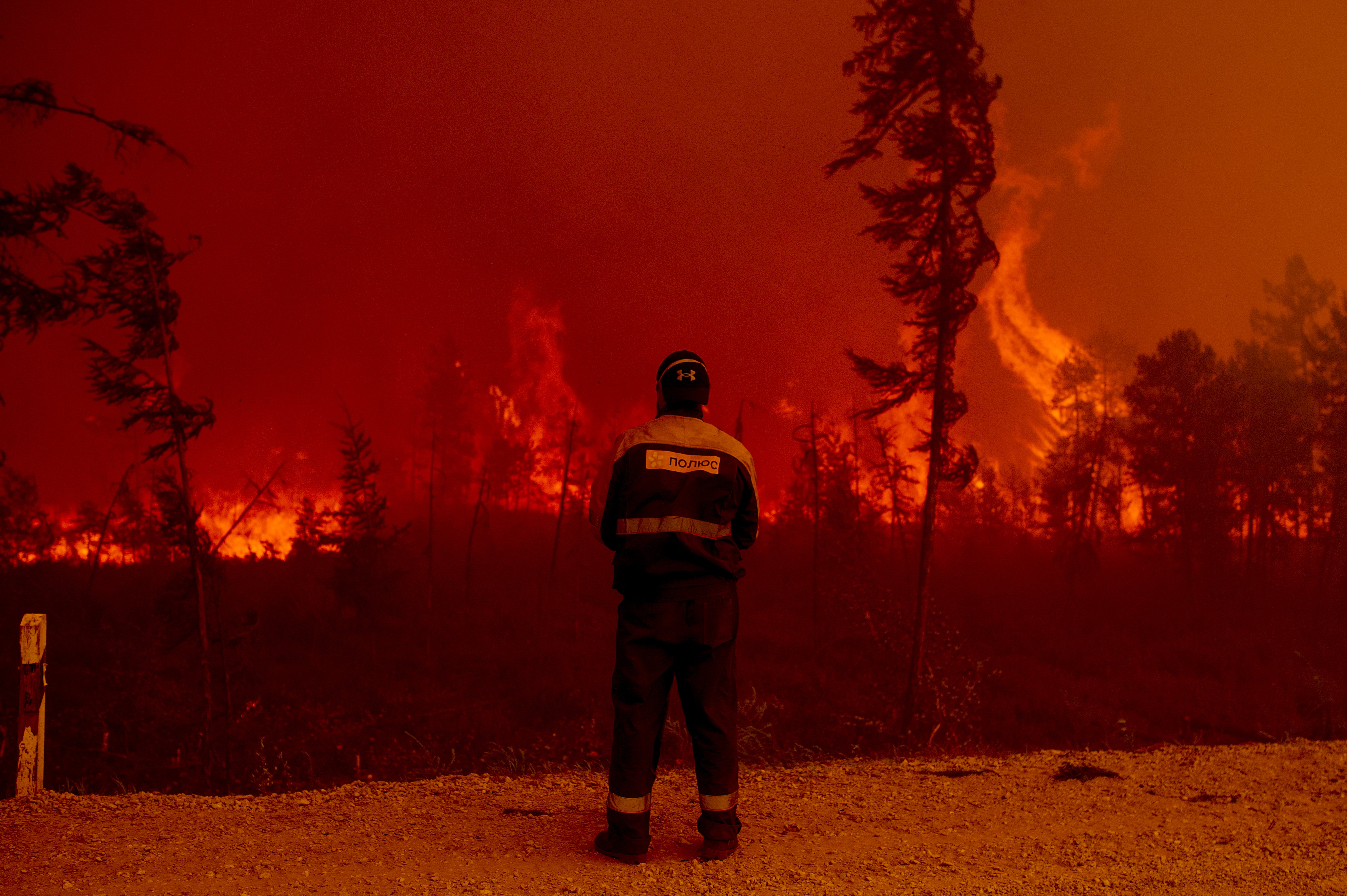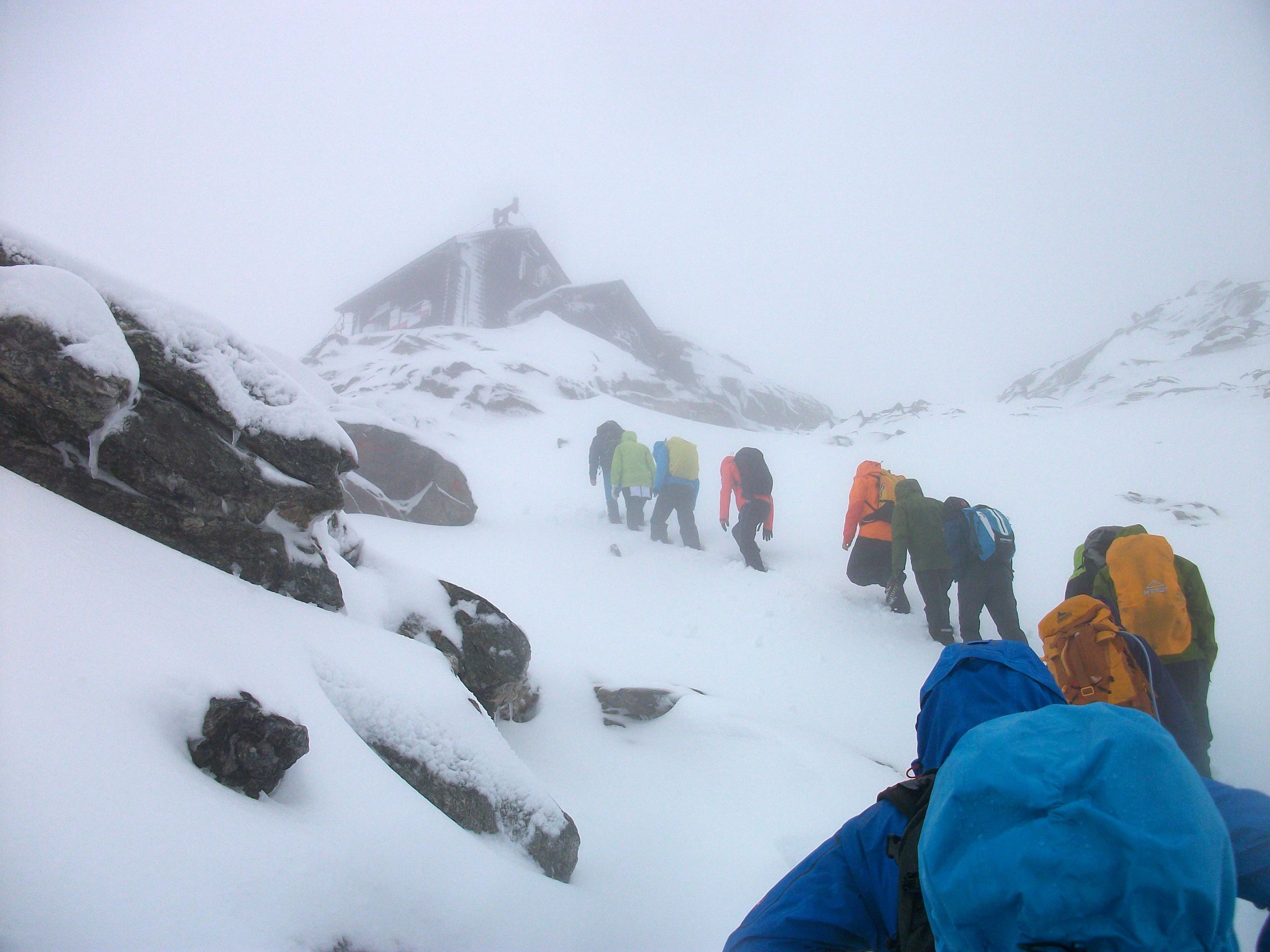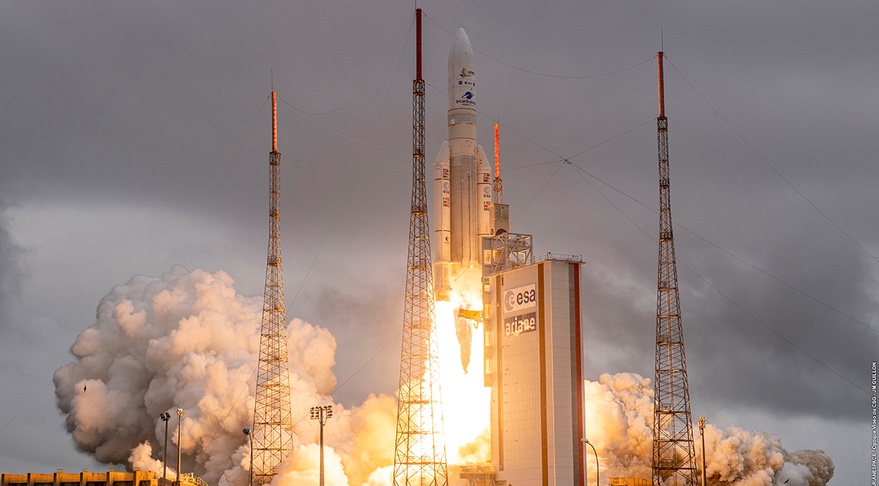BAKU, Azerbaijan — China’s space authorities want to build an expansive, three-stage communication, navigation and remote sensing network to facilitate deep space operations.
China is working on a series of lunar and deep space missions this decade, along with a planetary defense test, and, in the 2030s, aims to establish a lunar surface research station, Xi Xiangyu, an engineer at the System Research Institute under China’s Deep Space Exploration Laboratory (DSEL), said during a presentation at the 74th International Astronautical Congress (IAC) here in Baku, Oct. 2. Future, more speculative mission plans were also cited.
“All these requirements put high demand on communication, navigation and remote sensing… so we propose the Queqiao constellation,” Xi said.
The constellation would consist of spacecraft stationed in circumlunar space and Earth-moon lagrange points, expanding to form interplanetary staging stations and orbiting spacecraft.
This would provide crucial support for surface spacecraft and astronauts and their operations, including communications relay and navigation data.
China has already launched a communications relay satellite into a halo orbit around Earth-moon Lagrange point 2 (EML2) to support its 2019 Chang’e-4 lunar far side landing. Lagrange, or libration points, are where the gravitational force of two massive objects balances with centrifugal force, allowing spacecraft to remain in orbit in a fixed position relative to the two larger bodies, in this case, the Earth and moon. These can thus be very useful for communications relay.
The larger, improved Queqiao-2 will launch around May next year to support the Chang’e-6, 7 and 8 far side and lunar south pole landing missions.
Queqiao-2 and its two Tiandu companion satellites will be part of the Queqiao version 1.0 to establish Earth-moon communication capabilities. Missions to the lunar far side and south pole require relay satellite support. Queqiao-3 series satellites would validate key technologies for communications, navigation and remote sensing services.
Queqiao V2 would seek to provide whole moon coverage. A proposed topology would have three satellites each in EML1 and EML2, plus another at EML3, six circular orbit satellites, a pair in elliptical frozen orbits and a geostationary “orbital interplanetary station.”
Version 3.0 envisions a basic deep space communication and navigation system. This system would provide a Mars and Venus network in addition to the lunar infrastructure. Connectivity would be provided through high-speed laser links.

The development of such a system would be contingent on China making progress with its lunar exploration program and space transportation plans. These include its International Lunar Research Station (ILRS) project and the Long March 9 super heavy-lift launcher.
Such a system could, however, position China as a provider of lunar infrastructure and a global leader in exploration of the moon and beyond. China is currently seeking partners for the ILRS, while the U.S. is working to attract countries to sign up to its Artemis Accords and support its own lunar endeavors. Other space actors could also see the capabilities of the Queqiao constellation, such as space domain awareness and resource mapping, as concerning.
The U.S. Space Force also notes what it refers to as cislunar space as important. The Space Force has stated a need for space domain awareness in this region of space, while the Department of Defense’s Defense Innovation Unit is looking for ‘responsive access’ to cislunar space.
The U.S.-led Artemis program likewise requires communications and navigation support from lunar satellites.
Earlier this year an official with the China Aerospace Science and Technology Corporation (CASC) called for the country to seize what was considered a unique opportunity in time to build lunar infrastructure.
“Now is the critical time for space infrastructure to expand to the Earth-moon system,” Yang Mengfei said in March, as a member of the Chinese People’s Political Consultative Conference (CPPCC) National Committee.
China has made progress in major lunar exploration, high-resolution Earth observation, Beidou positioning and navigation projects, Yang notes. This lays a good foundation in terms of management, technology, materials and talent for subsequent, large-scale Earth-moon exploration and development, according to Yang.
Yang called for China to seize the opportunity to carry out Earth-Moon space infrastructure planning as soon as possible, including communication, navigation, monitoring and other services, cultivating new pillar industries and building a China-led international cooperation platform.
Note: This article have been indexed to our site. We do not claim legitimacy, ownership or copyright of any of the content above. To see the article at original source Click Here












